

Your eye contains an optic nerve at the base of the eye. This nerve is comprised of several nerve fibres that send visual signals from the eyes to the brain, and that’s how you can see things. When this nerve is exposed to long-term damage, it starts degenerating and gives rise to a condition known as optic nerve atrophy, which is considered a serious problem and can lead to blindness. The degeneration of the optic nerve in only one eye is known as unilateral optic atrophy, whereas the degeneration of the optic nerve in both eyes is known as bilateral optic atrophy.
As there are several problems such as unavailability, inaccessibility, unawareness, and unaffordability of eye care in their country, a lot of people from African countries like Tanzania, Uganda, Congo, and Kenya travel to India every year as the eye treatments are highly successful and cost-effective in India. The optic nerve atrophy surgeons in India are highly trained, possess international experience, and have dedicated their medical practice to providing effective and most reliable optic nerve atrophy treatment in India.
Nerve fibres make up the optic nerve and send signals to the brain. When someone has optical nerve atrophy, something prevents the optic nerve from doing its job properly, i.e., transferring impulses. The interference may have been brought on by a variety of circumstances, including the following:

■ Comprehensive lesions: Any abnormal growths or tumour formation near the optic nerve can damage the nerve.
■ Trauma: If you have had any type of trauma to the eye or the head, then there are chances that it has disrupted the blood supply to the optic nerve which damages the nerve.
■ Hereditary conditions: Hereditary conditions such as Leber’s hereditary optic neuropathy can damage the optic nerve.
■ Lifestyle: Increased alcohol and tobacco consumption can damage the optic nerve.
■ Optic neuropathy: Inflammation, trauma, toxins, etc. can damage the optic nerve.
■ Optic neuritis: Inflammation of the optic nerve in association with multiple sclerosis.
■ Glaucoma: Elevated pressure in the eye known as intraocular pressure can damage the optic nerve.
Optical nerve atrophy isn't always a certainty based on the below symptoms. Nevertheless, if you have any of these symptoms, you should make an appointment with an eye specialist to get a comprehensive checkup.
Identifying the optic atrophy types is important for diagnosing the disease and creating a treatment plan. The earlier the diagnosis, the more efficient the treatment will be. The optic atrophy types are:
Also known as simple optic atrophy, this optic atrophy type is caused by lesions along the eye pathway and results in a chalky white optical disc.
This type is associated with disorders of the retina or its blood supply and leads to a waxy pallor on the optic disc. This damage affects the optic nerve since the optic nerve fibres originate in the retina.
This type of optic atrophy is associated with glaucoma, a group of eye diseases that can damage the optic nerve, often due to elevated intraocular pressure. Mechanical and vascular changes in the optic disc, including an increase in the cup-to-disc ratio, characterise this type.
Patholgic optic atrophy refers to optic atrophy caused by different types of degeneration of the optic nerve fibres. It can include both anterograde and retrograde degeneration.
Hereditary optic atrophy is a group of inherited conditions that lead to optic nerve degeneration. This form of optic atrophy is typically inherited through genetic mutations. There are various kinds of hereditary optic atrophy, including dominant optic atrophy, early-onset x-linked optic atrophy, autosomal dominant optic atrophy with cataract, and Costeff syndrome.
You should get your eyes checked regularly, as a disease like optical atrophy cannot be cured completely and can lead to irreversible blindness. If you are experiencing any of the above-mentioned symptoms, then you should immediately consult your doctor. During the consultation, your doctor will suggest you get the following tests done.
■ MRI Scans: it is an imaging test that creates high-resolution images of an eye from different angles and merges them to create a 3D image. It helps in examining the eye to find out the issue.
■ Visual field test: is used to measure the peripheral vision or the front, below, and side vision. It is also known as the perimeter test.
■ Eye ultrasound: It is used to create images of the eyes using high-intensity sound waves. It helps in evaluating the farthest part of the eyes so if there is any damage to the optic nerve, we can visualize it.
■ Blood tests: This is done to detect the infection in the body as well as the presence of any heavy metals and inflammatory markers such as ESR, CRP, etc.
■ Optical coherence tomography: it is a non-invasive imaging test that reflects the light in order to create images of the back of the eyes where the optic nerve is present. Any damage to this nerve can be detected by this method.
■ Fluorescein angiography: It is an imaging test that is used to visualize the blood vessels present near the retina. It is a great tool to monitor the eye diseases that are affecting the retina.

A proper diagnosis at an early stage is very necessary for successfully controlling ocular atrophy and minimizing the damage caused by it. Optical atrophy may be diagnosed before it even begins to progress or slowed down in its early stages by taking preventative measures.
As optic nerve atrophy is an irreversible disease, there is no means that can provide a complete cure for optic atrophy. This is the reason why you should regularly get your eyes checked as it can catch the problems in its initial stage. There are a number of options for optic nerve atrophy treatment in India that can improve the symptoms, which include:

It is the most effective treatment that can regenerate the cells of damaged optic nerves. The mesenchymal stem cells are mostly derived from the patient’s bone marrow and injected through the retro-bulbar route.
If the optic nerve atrophy is caused by inflammation or other existing medical conditions of a patient, then medication therapy is used to reduce the inflammation near the optic nerve.
For patients who have drastically lost vision, rehabilitation and vision aid therapies are available in India which helps the patients in adapting to the new way of life.
The main goal of optic nerve atrophy treatment in India is to stop the damage of the optic nerve and increase the blood supply in order to prevent any further degeneration of the optic nerve.
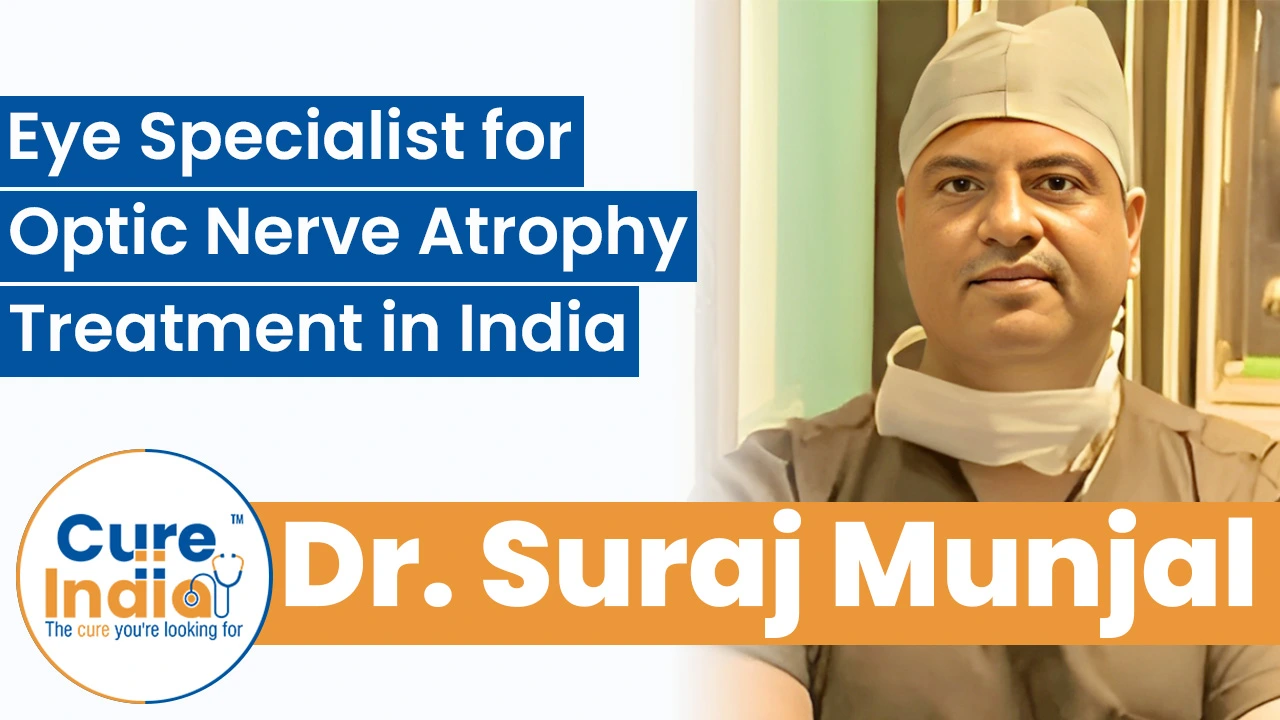
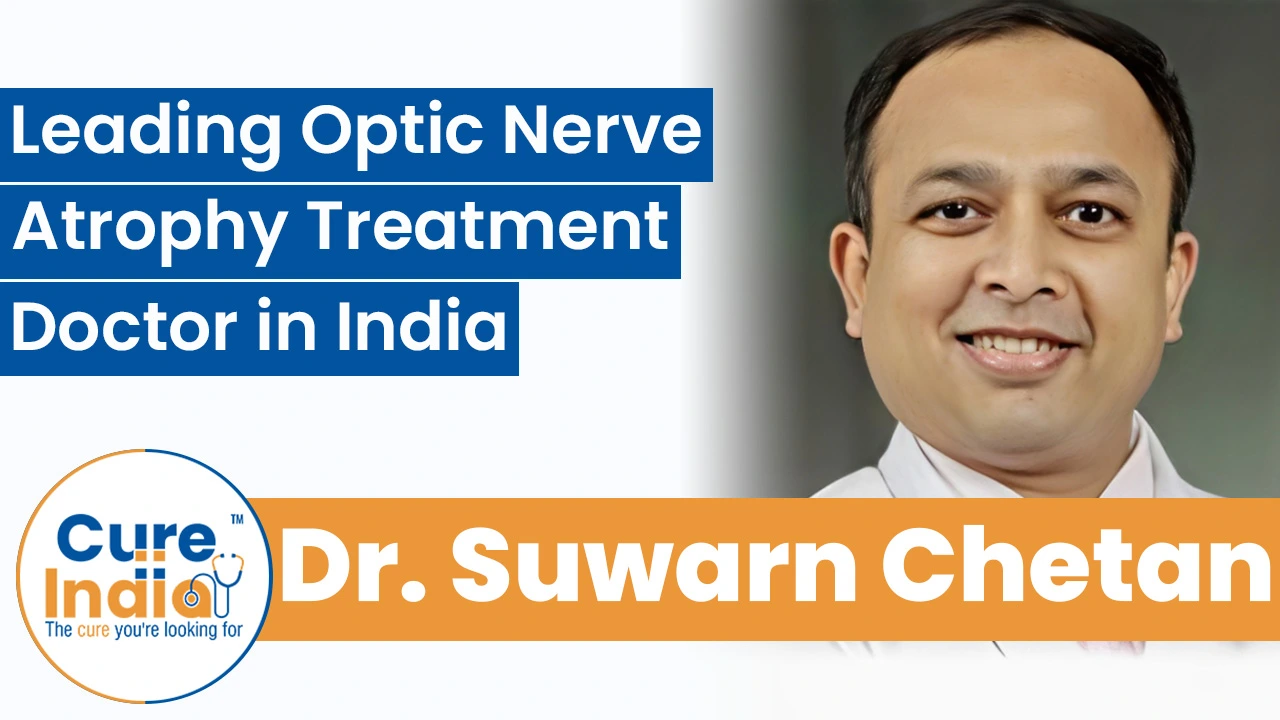
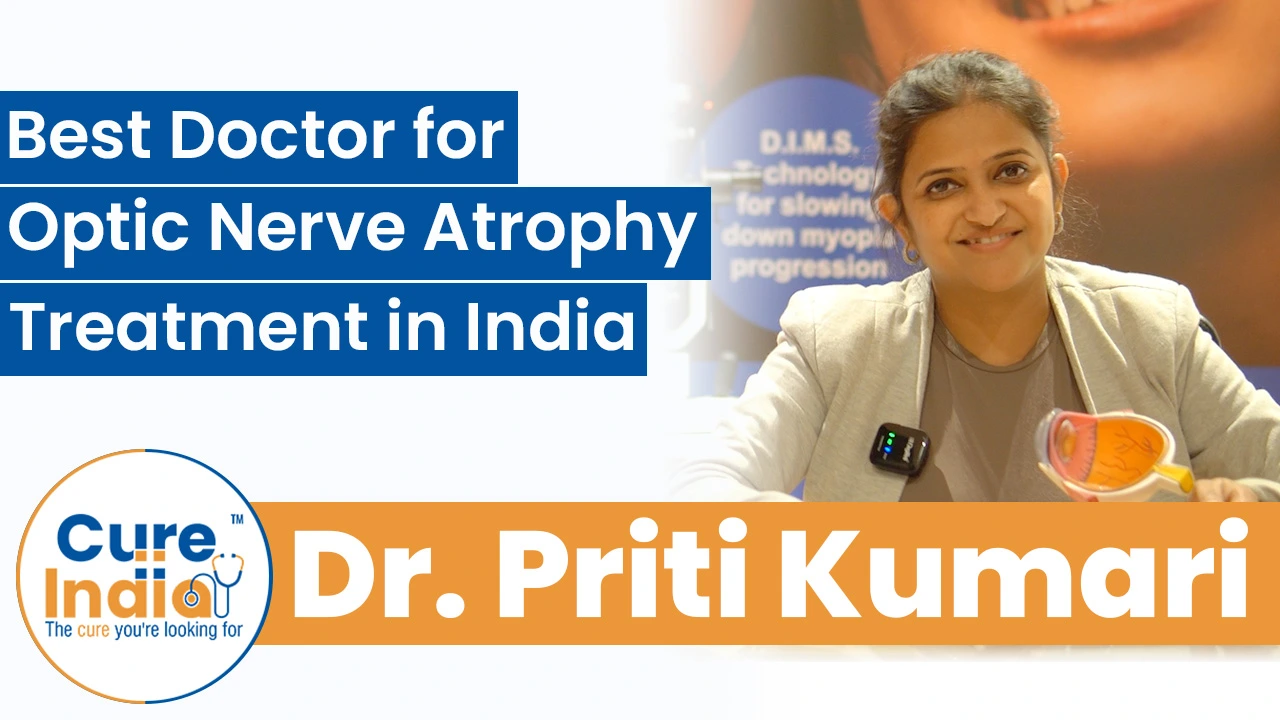
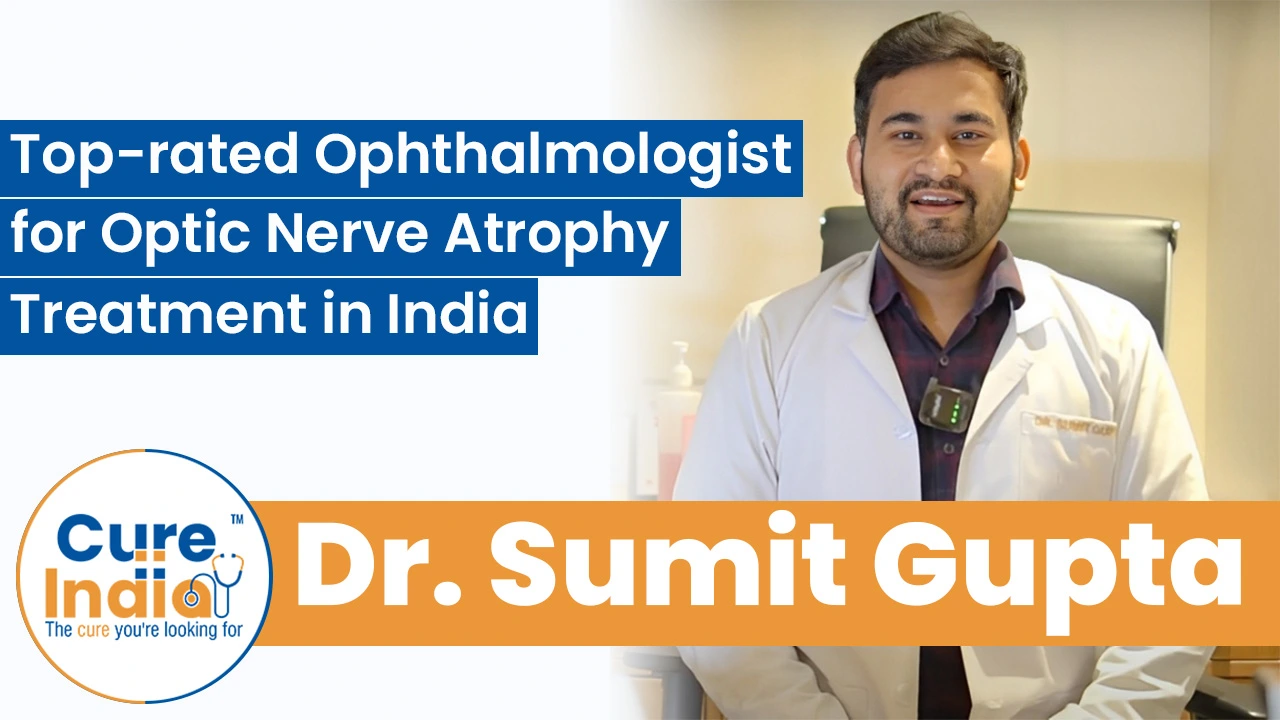
The total cost of any eye treatment in India depends on various factors such as the choice of hospital, severity of the patient’s eye condition, surgeon’s fees, insurance coverage, travel costs, etc. However, the average cost of mesenchymal stem cell therapy for optic nerve treatment in India usually ranges between $300 to $7,000.
| Treatment | Cost in India | Stay in India |
|---|---|---|
| Optic Nerve Atrophy Treatment in India | $3,000 per eye | 7-10 days |
The options for congenital optic nerve atrophy treatment in India include stem cell therapy, nutritional support, supportive care, visual aids, and specialized ophthalmic care. As optic nerve atrophy is an irreversible problem, nothing more can be done. However, several research studies are going on to discover the cure for optical atrophy. .
The optic nerve atrophy is an irreversible condition, and therefore it is important to get the proper treatment immediately to prevent the worsening of the condition. If you are the one dealing with impaired vision and are in need of urgent eye care, then India is the right destination for you, as you can receive premium treatment at a very affordable cost. Furthermore, CureIndia will connect you with the best eye surgeons and the most reputed optic atrophy hospitals to provide you with an all-inclusive optic nerve atrophy treatment in India.

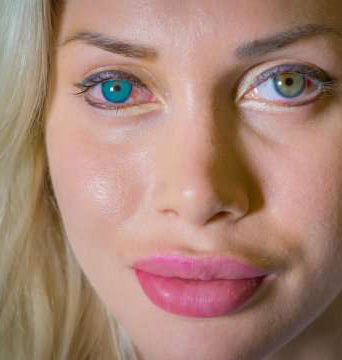
Get the Eye color you've always dreamed of
Connect Today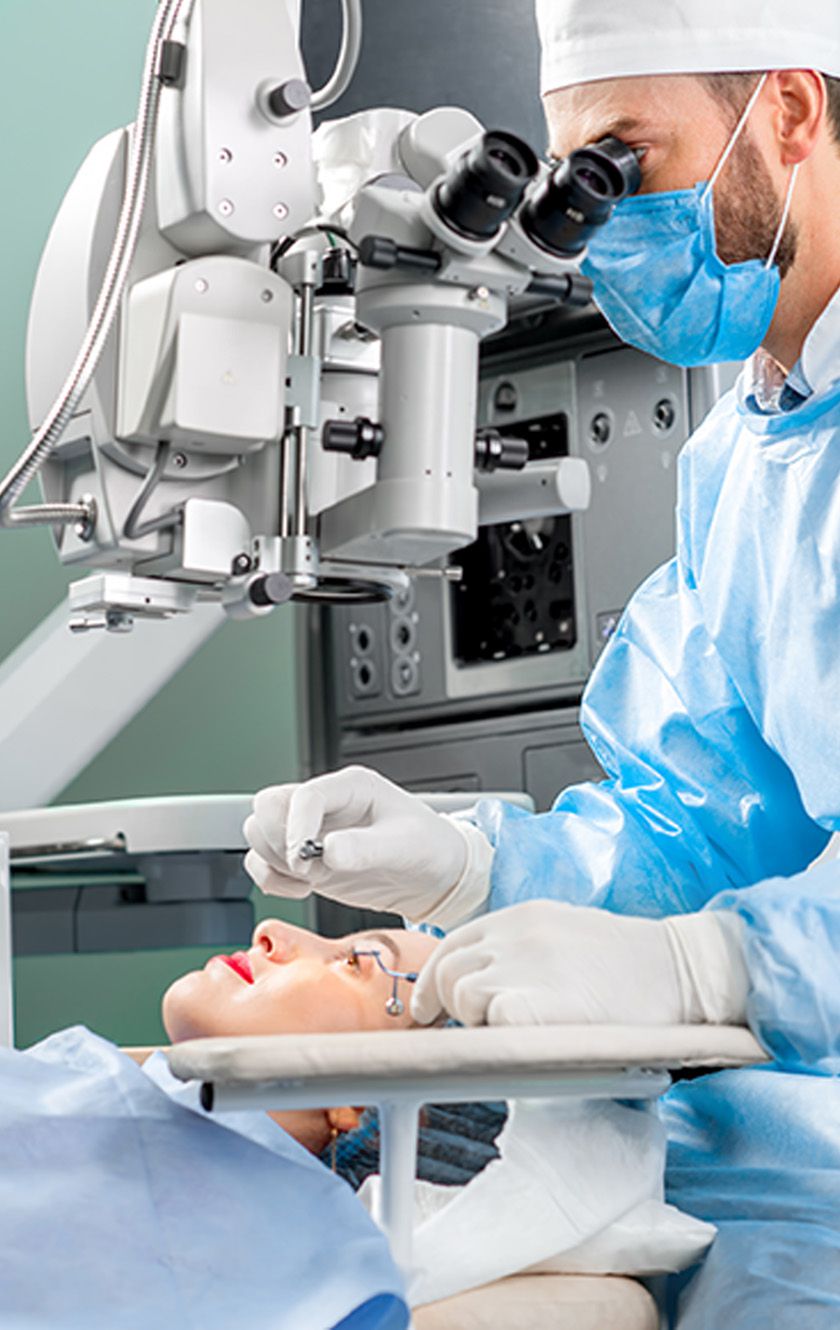
Opt for successful eye color change surgery
Plan Surgery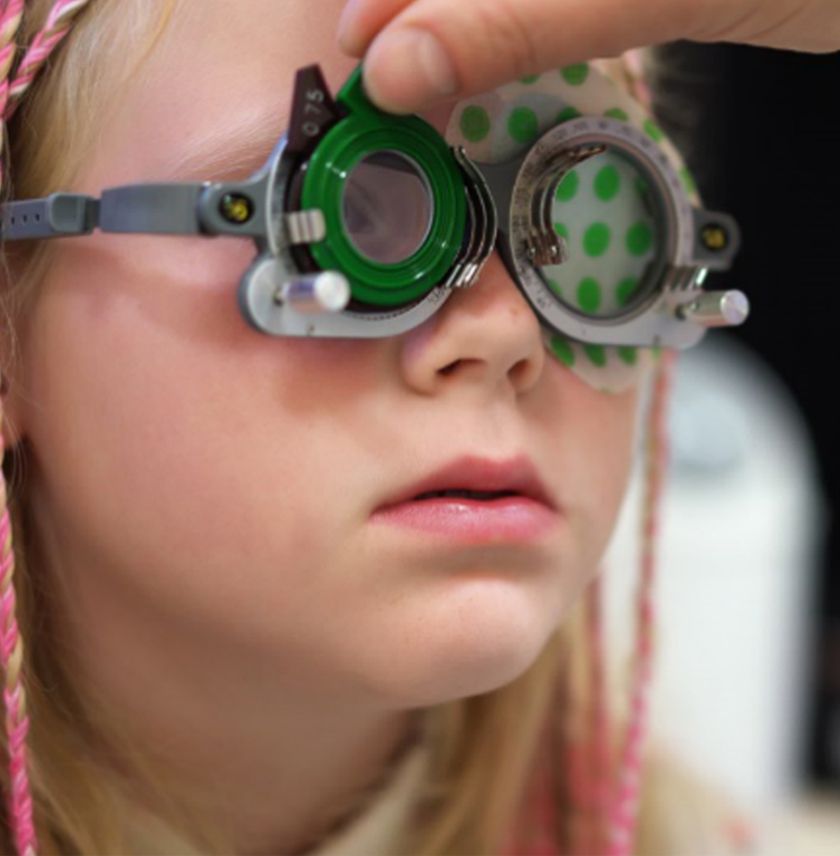
Remove glasses with SMILE LASIK
Get Cost